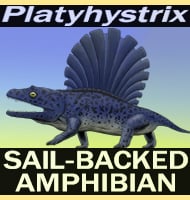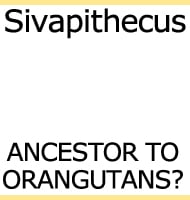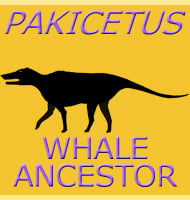Ophiderpeton
In Depth A limbless amphibian (aistopod), Ophiderpeton is believed to have lived in burrows from where it would hunt invertebrates. Ophiderpeton is well represented with specimens having up to 230 vertebrae. The skull has a reduced number of bones and the eyes face forward. Further Reading Further reading- On a Collection of Fossil Vertebrata, from … Read more


